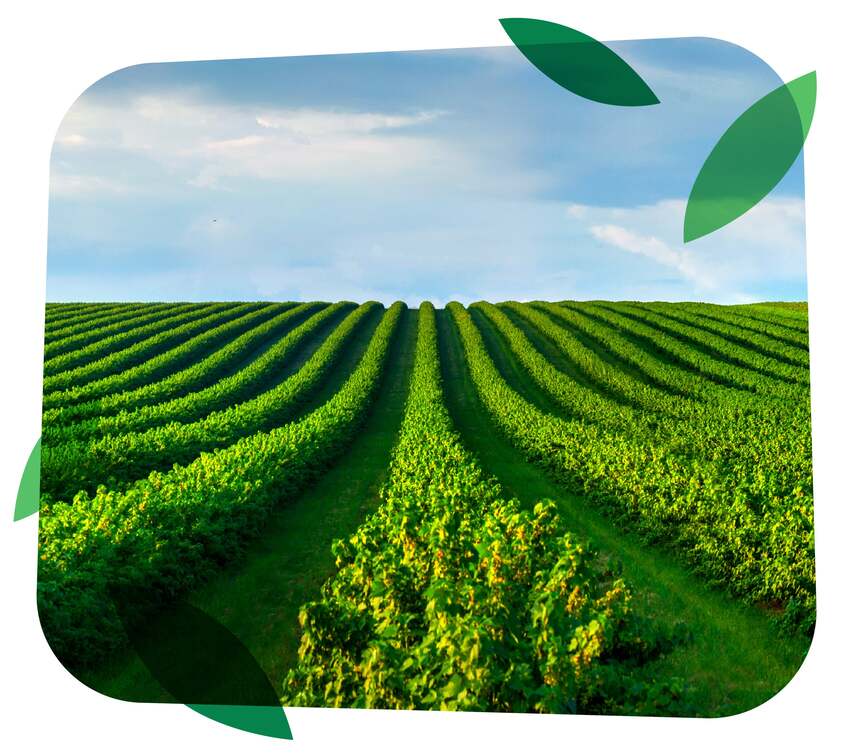Abstract:
In this research, the response of the plant Gypsophila arrostii Guss. to boron (B) under in vitro conditions was examined. The seeds were cultured on MS medium including 0, 10, 20, 40, 80 mg B l-1. Seedlings obtained from germinated seeds and grown in a culture medium for 8 weeks were analyzed. At the end of this period, stem length (cm), root length (cm), plant weight (g) and elemental content (mg kg-1) of the plants were determined. According to the results, the seeds of G. arrostii Guss. could germinate on media with up to 80 mg B l-1, and the seedlings demonstrated an ability to survive, albeit poorly, a dose of boron as high as 80 mg B l-1. In the experiment, the highest stem length (7.5 cm) was obtained from the 20 mg B l-1 treatment and the highest stem fresh weight (0.9 g) and stem dry weight (0.19 g) were measured in the 10 mg B l-1 variant. No significant statistical difference was determined between the boron treatments in terms of root length, root fresh weight and root dry weight. Our evaluation of the elemental content of plants demonstrated that the amount of boron in the root and stem increased parallel to its increase in the growth media. In the 80 mg B l-1 treatment, 601.9 mg kg-1 boron in root and 1,035.4 mg kg-1 boron in stem were determined. Besides, it was discovered that the contents of K, Mg, Zn, Na in root decreased while the contents of P, B, Mn, Cu in root increased in response to the growing amount of boron in the environment. In response to the increasing boron concentrations, the content of K, P, Mn, Cu, Zn and S increased while the amount of Ca, Mg and Na in the plant stem decreased. Consequently, G. arrostii Guss. was found to be a boron hyperaccumulator, collecting boron in tissues (in the roots and stems), in which it resembled some other types of Gypsophilla.





